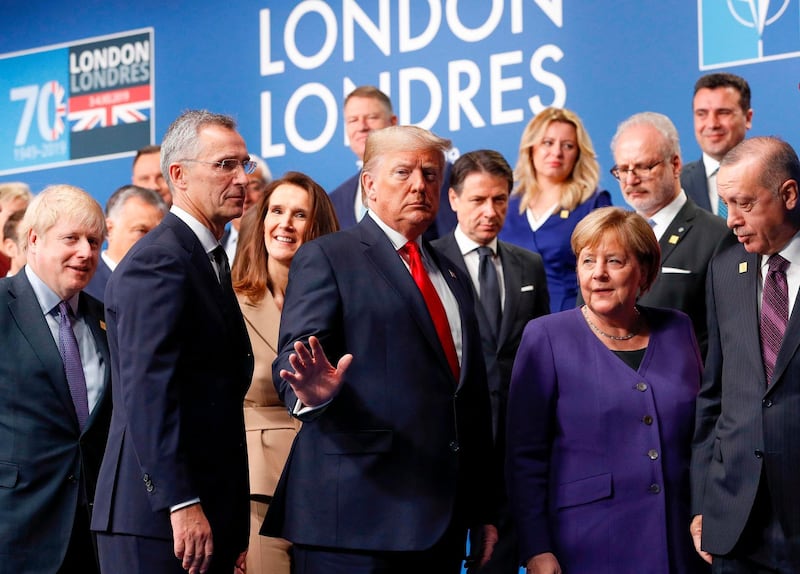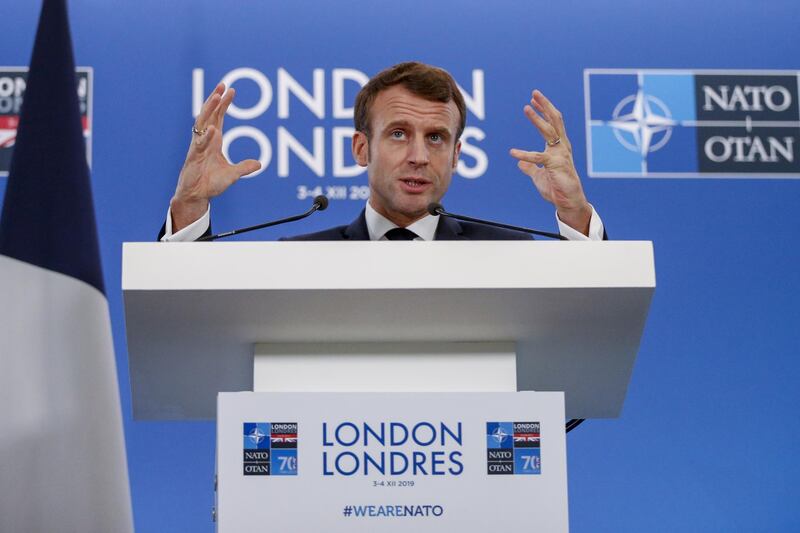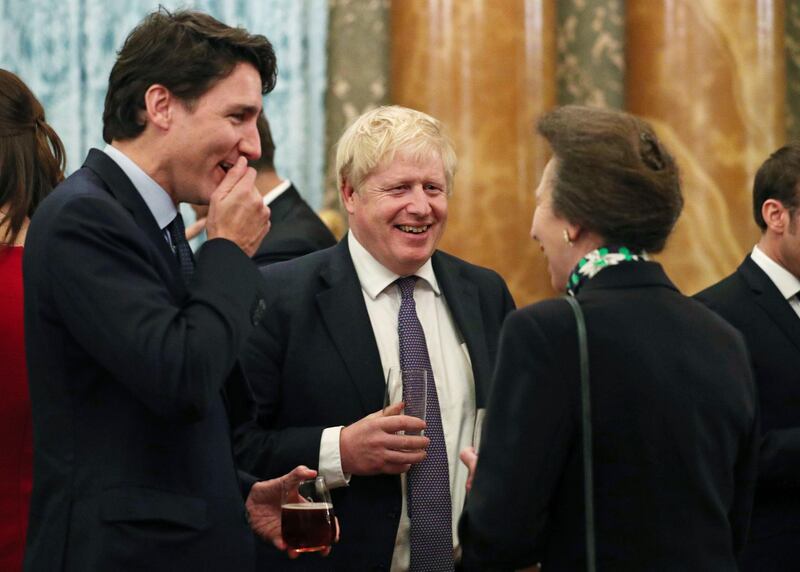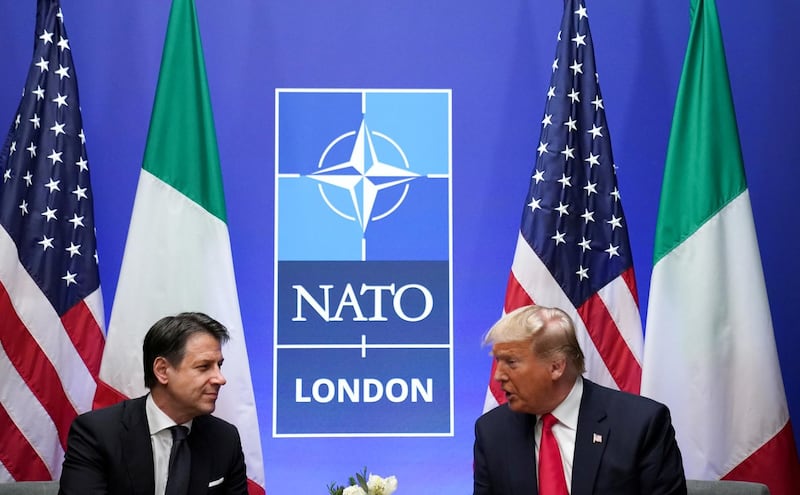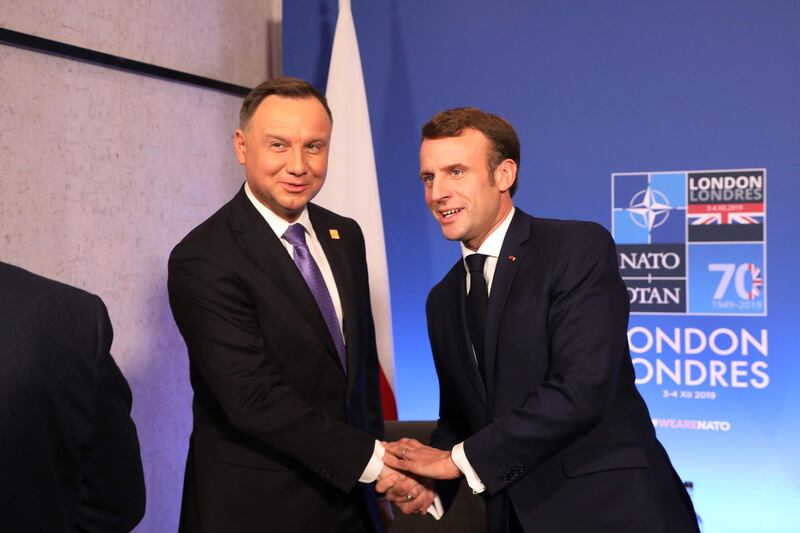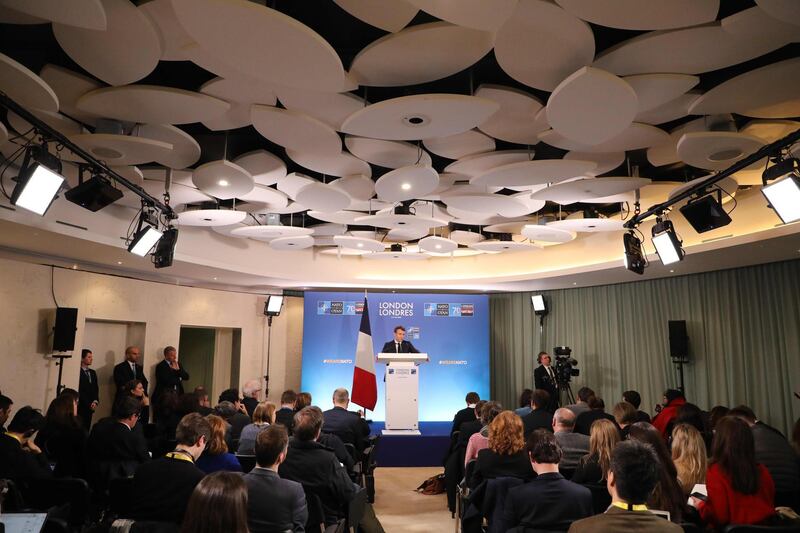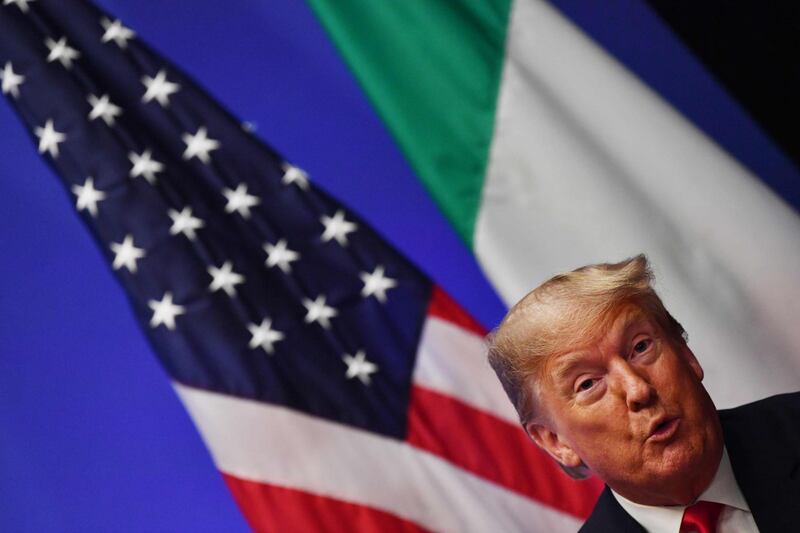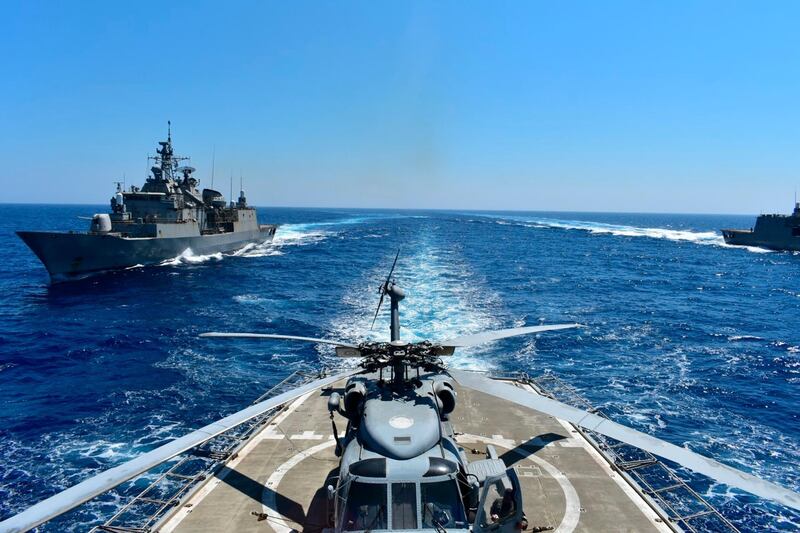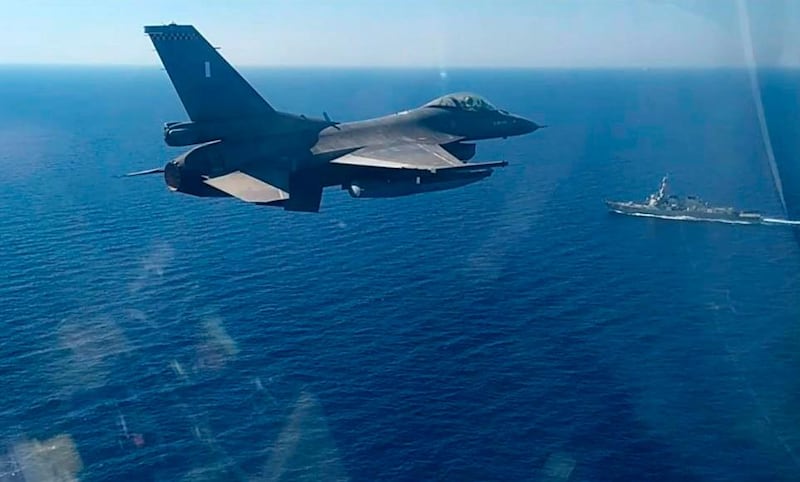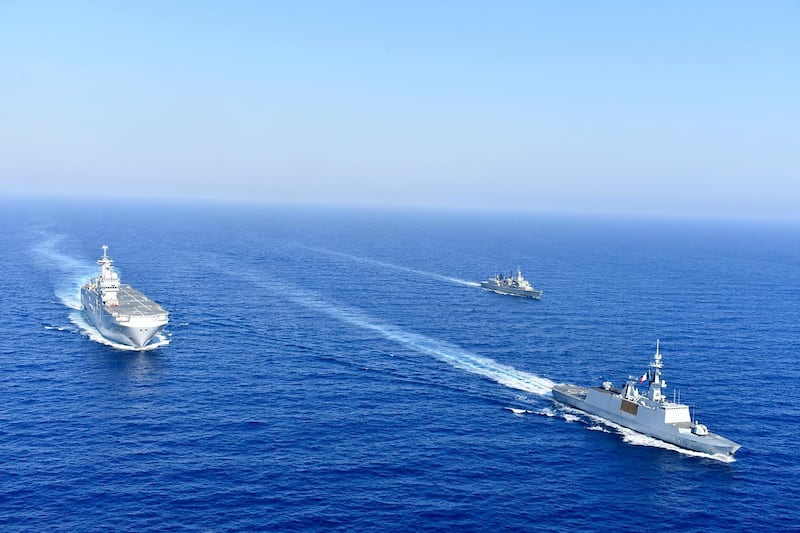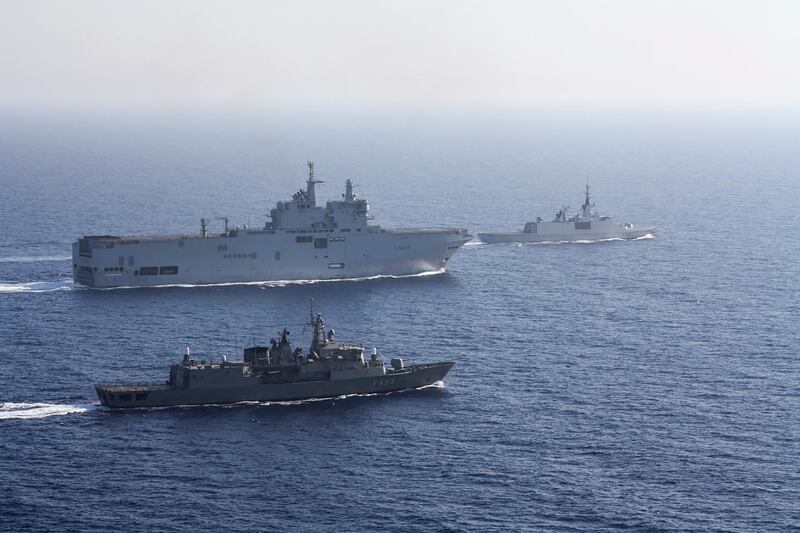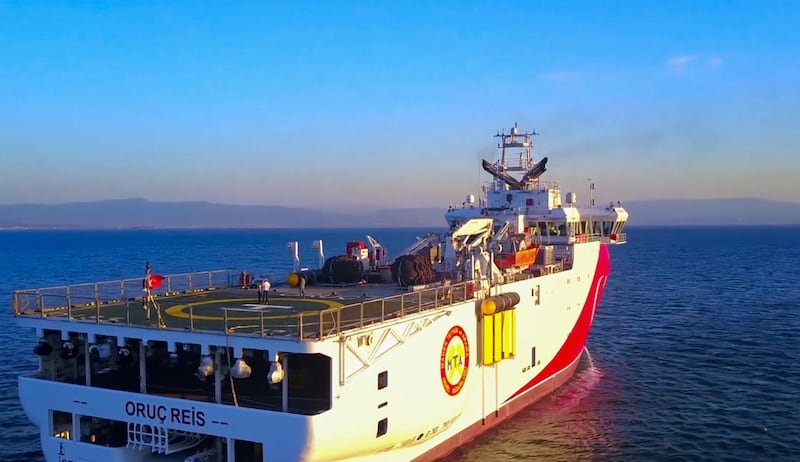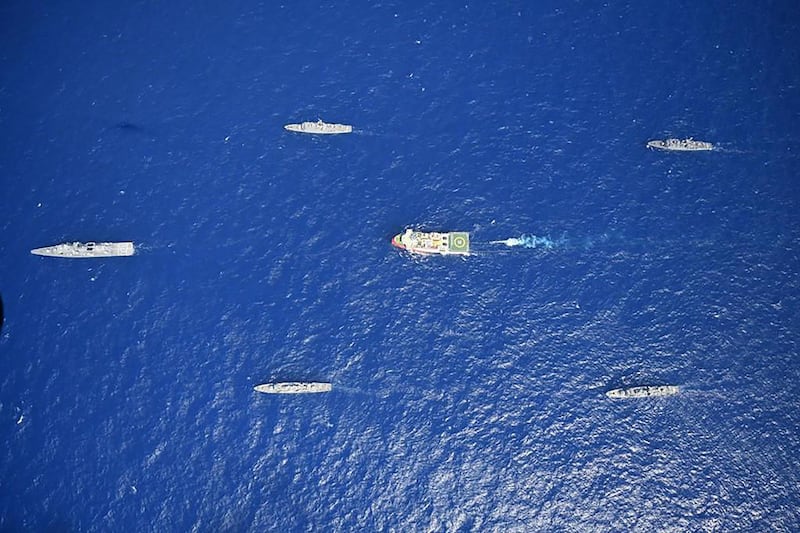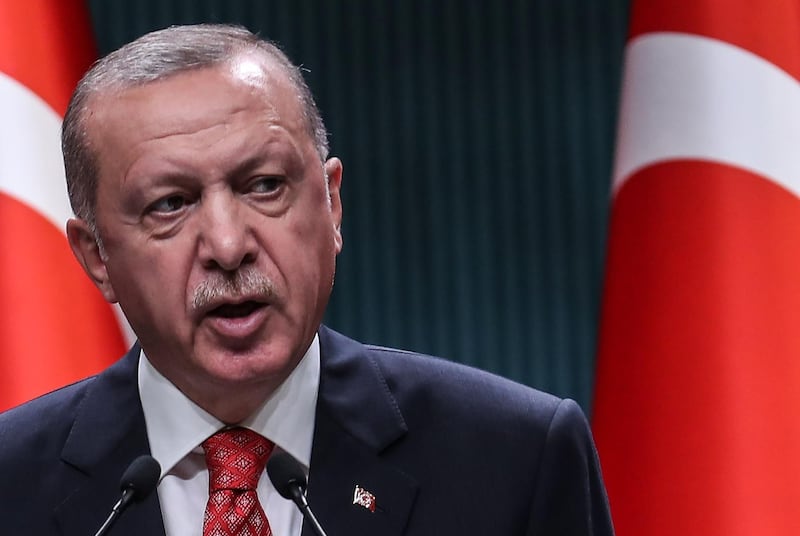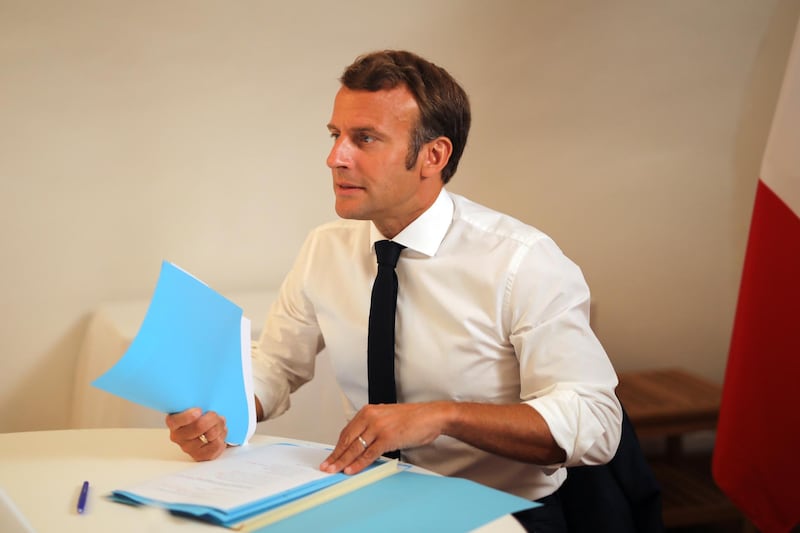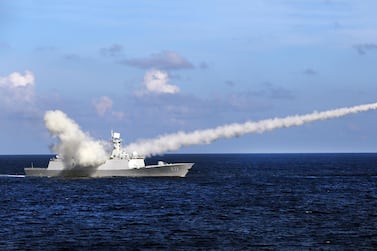if Nato didn’t already exist, would it be necessary to invent it today?
Several factors make this a timely question. The first, involving as it does Donald Trump, has provoked fits of the vapours in the usual quarters. According to a new book, the US President's former chief of staff, retired marine general John Kelly, said that "one of the most difficult tasks he faced with Trump was trying to stop him from pulling out of Nato". Even if Mr Trump doesn't officially do so – either before the presidential election or after, if he wins – there is speculation that he could effectively destroy Nato by reinterpreting Article 5 of Nato's founding treaty.
This has always been deemed to mean that an attack on one member would be followed by collective, armed self-defence. But the wording is not strict. In such circumstances, each member is bound to take "such action as it deems necessary, including the use of armed force". But as Thomas Wright of the Brookings Institution told The New York Times: "He could just reinterpret it as, 'I could just send a strongly worded letter'."
This may have partisans of the Atlantic alliance wringing their hands, but in a period when Nato members Turkey and Greece have exchanged threats of war over disputed gas resources in the Mediterranean – and may escalate further – instant invocation of armed collective action would be impossible. Nato could not come to the defence of both sides, after all.
Further, Nato has expanded so egregiously in recent decades that there is uncertainty that Article 5 is the same cast-iron guarantee that it was during the Cold War. Would all parties go to war for North Macedonia, or over an "accidental" Russian border incursion into Estonia?
Mr Trump is not alone in asking what Nato is for these days. He is echoed by French President Emmanuel Macron, who last November declared that the organisation was "brain dead". Mr Macron also queried whether Article 5 would still trigger a collective response.
This not only a matter for the 30 members of the alliance. For Nato has long been looking east. It established Global Partnerships with South Korea, New Zealand, Mongolia, Australia and Japan in the first half of the last decade, and is now focusing increasingly on China. Other voices are urging the “Quad” of the US, Japan, Australia and India to become the basis of an “Indo-Pacific Nato”, as the US Deputy Secretary of State Stephen Biegun put it at the end of last month.
If Nato is to have a larger presence and an enhanced role in East Asia, or is to be joined by a regional version, the question still remains: what is its purpose?
One answer to that is that it is an alliance of democracies. Mr Biegun alluded to that in his remarks, saying that the Trump administration’s “Indo-Pacific strategy is focused around democracies”. Nato’s London Declaration issued last December also states in the second sentence that the organisation “guarantees… the values we share, including democracy, individual liberty, human rights, and the rule of law”.
As a core raison d'etre of the alliance this is problematic, however. Firstly because one of Nato's current challenges is that a number of members – including Hungary, Poland and Turkey – remain democracies but are deemed to have taken a markedly illiberal or even authoritarian turn. Secondly, as the US academics James Goldgeier and Garret Martin pointed out in a recent article, being a democracy during the Cold War was not a pre-condition of membership: "Portugal did not become a democracy until 1974. As for Greece and Turkey, the former was governed by a military dictatorship from 1967 to 1974, while the latter was the subject of multiple military-led coups."
President Macron’s pointed questions remain the key ones. “Who is our common enemy?” he said. “This question deserves to be clarified. Is our enemy today, as I hear sometimes, Russia? Is it China? Is it the Atlantic alliance’s purpose to designate them as enemies? I don’t think so.”
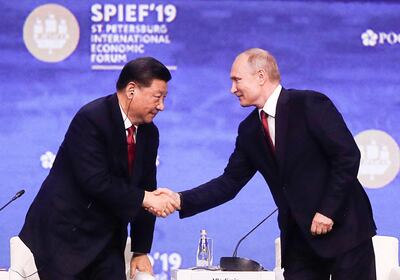
I agree with Mr Macron, but there are plenty of Nato boosters who don’t. For instance Ian Brzezinski, a senior defence official under former US president George W Bush, proposes setting up a Nato-China Council, which sounds promising. He then writes, though, that “its establishment would underscore that this dimension of great power competition is not between China and the United States but between China and the transatlantic community".
The London Declaration similarly oscillates between sounding conciliatory – “Nato is a defensive Alliance and poses no threat to any country” – and more bellicose, declaring that “Russia’s aggressive actions constitute a threat to Euro-Atlantic security” and that “China’s growing influence and international policies present both opportunities and challenges that we need to address together as an alliance".
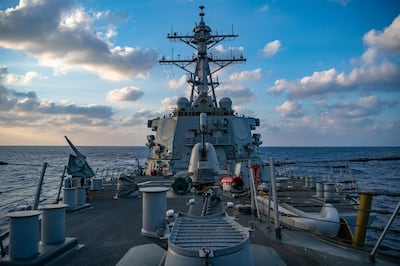
The truth is that for all the airy talk of “the values we share”, what bound Nato together during the Cold War was standing up to the Soviet Union. It is a security alliance; it is not and cannot be an alliance of liberal democracies (otherwise several members would have to be expelled and others in Asia would not want to join). For it to be strong, perhaps it does need a common enemy; but that is not an argument for choosing one that makes confrontation more likely.
Better, perhaps, for Nato to expand to become a global security umbrella and agree with Mr Macron when he said that our common enemy is “terrorism, which has hit all of our countries".
This would be a much scaled-down, less ambitious Nato. It would be a shadow of the military alliance that once kept the West safe – no disadvantage in the Covid-19-straitened present. But with Russia and China inside it, or at least as strong partners, it would be a better one for our times. And it would be a Nato that could adequately answer the question: “what is it for?”
Sholto Byrnes is an East Asian affairs columnist for The National
